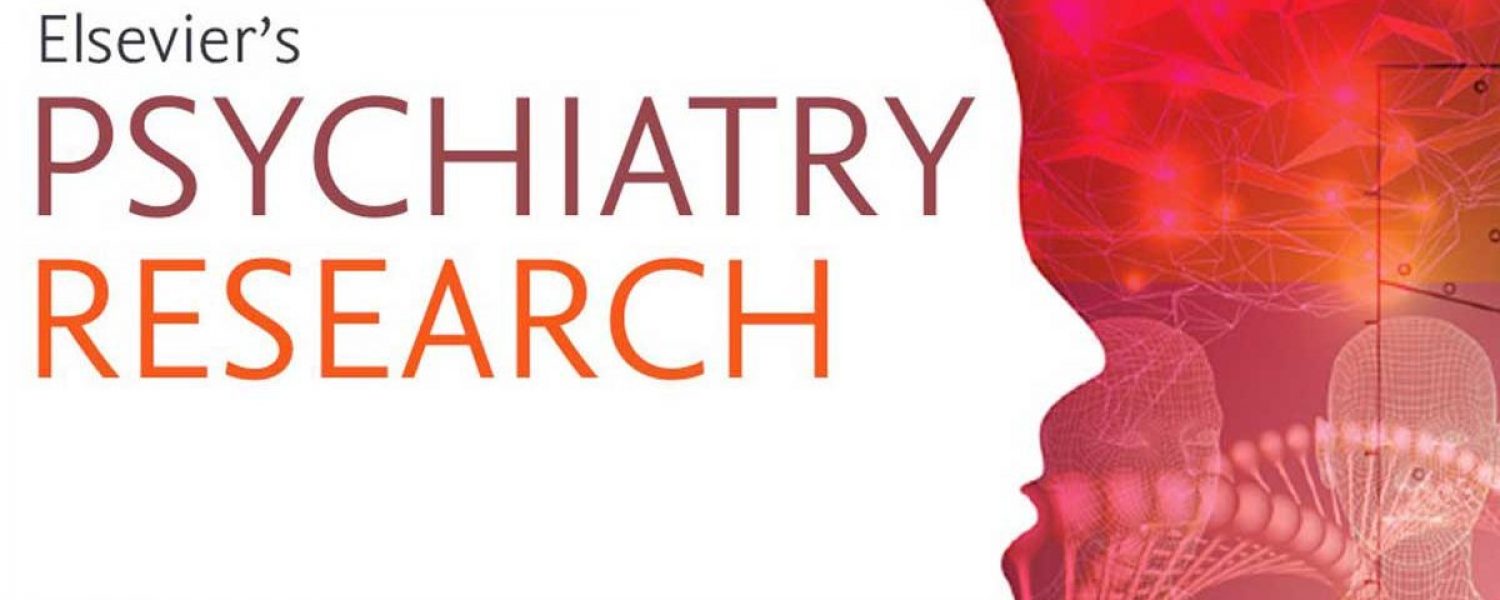
Global and risk-group stratified well-being and mental health during the COVID-19 pandemic in adults: Results from the international COH-FIT Study
DOI: 10.1016/j.psychres.2024.115972
Abstract
International studies measuring wellbeing/multidimensional mental health before/ during the COVID-19 pandemic, including representative samples for >2 years, identifying risk groups and coping strategies are lacking. COH-FIT is an online, international, anonymous survey measuring changes in well-being (WHO-5) and a composite psychopathology P-score, and their associations with COVID-19 deaths/restrictions, 12 a-priori defined risk individual/cumulative factors, and coping strategies during COVID-19 pandemic (26/04/2020-26/06/2022) in 30 languages (representative, weighted non-representative, adults). T-test, χ2, penalized cubic splines, linear regression, correlation analyses were conducted. Analyzing 121,066/142,364 initiated surveys, WHO-5/P-score worsened intra-pandemic by 11.1±21.1/13.2±17.9 points (effect size d=0.50/0.60) (comparable results in representative/weighted non-probability samples). Persons with WHO-5 scores indicative of depression screening (<50, 13% to 32%) and major depression (<29, 3% to 12%) significantly increased. WHO-5 worsened from those with mental disorders, female sex, COVID-19-related loss, low-income country location, physical disorders, healthcare worker occupations, large city location, COVID-19 infection, unemployment, first-generation immigration, to age=18-29 with accumulative effect. Similar findings emerged for P-score. Changes were significantly but minimally related to COVID-19 deaths, returning to near-pre-pandemic values after >2 years. The most subjectively effective coping strategies were exercise, internet use, social contacts. Identified risk groups, coping strategies and outcome trajectories can inform global public health strategies.